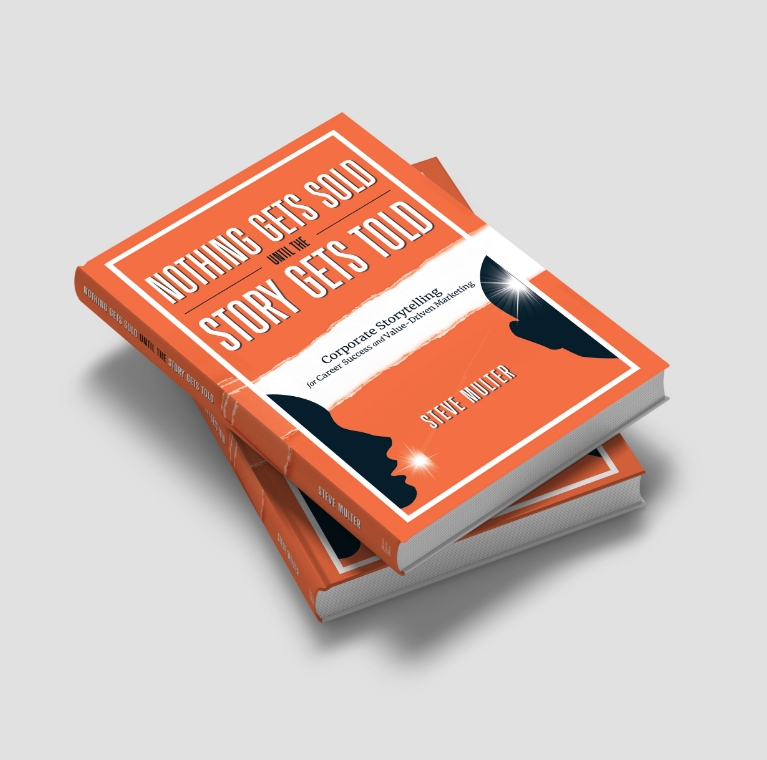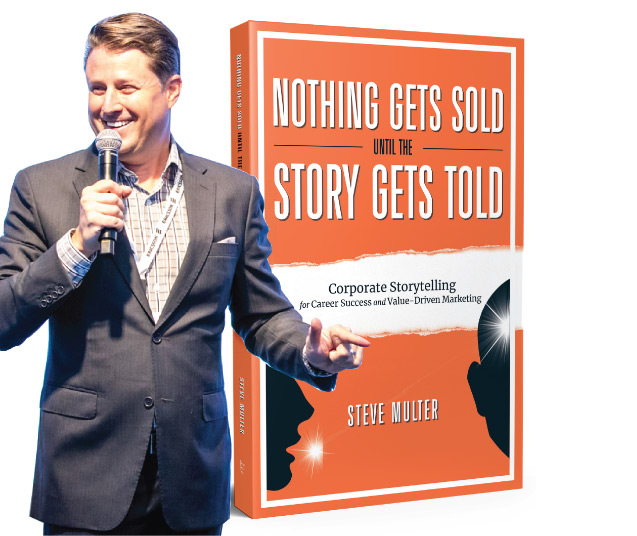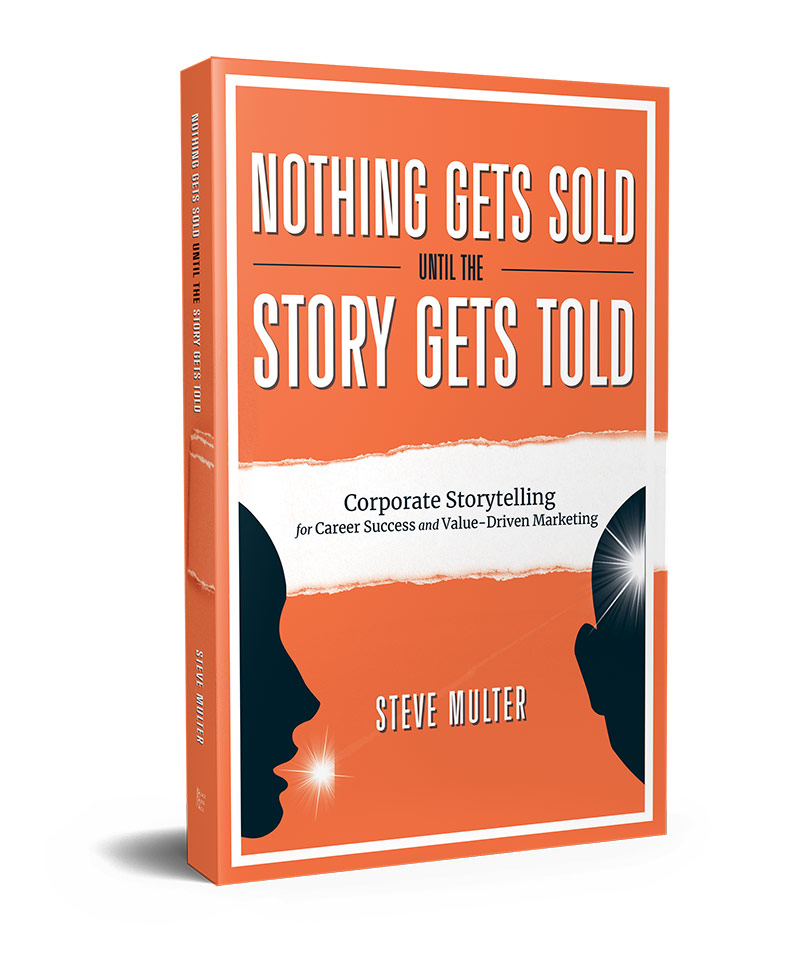About the Book
No matter your job title or the sector you work in, this expert guide shares practical, applicable secrets to delivering value-driven content for any and every audience.

Description
About the book
Paperback- $15.99
979-8-9857706-0-5
eBook- $9.99
979-8-9857706-2-9
Hardcover- $22.99
979-8-9857706-1-2
Audiobook- $13.96
979-8-9857706-3-6
No one likes to be sold to, but everyone loves a great story.
Corporate Storytelling is stronger communication. Combine your key message with a personal story, and you’ll turn any typical lecture into a meaningful conversation.
No matter your job title or the sector you work in, this expert guide shares practical, applicable secrets to delivering value-driven content for any and every audience. Learn to connect with personal passion, and your talk will last long after you’ve left the spotlight.
ISBN
Paperback- $15.99
979-8-9857706-0-5
eBook- $9.99
979-8-9857706-2-9
Hardcover- $22.99
979-8-9857706-1-2
Audiobook- $13.96
979-8-9857706-3-6
You'll discover
speaker-audience
relationship
mutual success and improve trust and confidence
help you build a better
presentation story
that inspires passion
in your listeners
strong, and never say goodbye
until you’ve set up the next hello

Long description
Every corporate speaker’s best friend for adding value, passion, and connection to any public talk you give.
No one likes to be sold to, but everyone loves a great story.
Corporate Storytelling is stronger communication. Whatever work you do or topic you’re asked to deliver, combining your key message with a personal story turns your typical lecture into a meaningful conversation. Learn to connect with your audience as trusted partners rather than captive commodities, and your talk will last long after you’ve left the spotlight.
This energetic and insightful expert guide will instantly uplevel your public speaking skills, making you a better communicator and more valuable representative for your company. Veteran Fortune 500 spokesman and executive speaker coach Steve Multer shares the secrets to delivering value-driven content that speaks to the heart as well as the head. Build your confidence and on-stage presence with fun, practical, instantly applicable message marketing strategies that weave effective corporate storytelling into all your presentations.
In Nothing Gets Sold Until the Story Gets Told, you’ll discover:
• How to speak from your audience’s perspective to assure mutual presentation success.
• What your audience wants and needs to hear, maximizing every business potential in the natural speaker-audience relationship.
• Realistic ways to minimize your fear of public speaking through genuine value in every word and slide.
• Crucial rules for combining corporate content with personal passion that inspires equal passion in your listeners.
• A powerful sales plan to open strong, close stronger, and never say goodbye until you’ve set up the next hello.
• Brand identity skills that help you build a better story for any audience, any size, any topic.
Average brands pitch; smart brands communicate. Welcome to the power of corporate storytelling with Nothing Gets Sold Until the Story Gets Told.
“I wish this book was available three years ago.
Each chapter holds so much value. For anyone who wants to work smart and build the basics with the best available guide, you can go for this book without thinking twice.”
NetGalley Reviews
“I can't say enough good things...
If you want to connect with an audience, be it personal, professional or both, buy this book. I can’t say enough good things about the content Steve shares.”
Brent M.
LINDNER RECYCLINGTECH AMERICA
“A must read for anyone that wants to become a better storyteller.
Much more than a lesson on storytelling, this book will be a resource that I will continue to reference to better connect with my target audience.”
Terry M.
President and Owner
180 ENABLEMENT LLC
Retailers

Listen
Chapter 1
Figure 12.1 Thick Structure Template :
Baseline sample structure for a presentation
Excerpts
Chapter 1
The Power of Corporate Storytelling
Chapter 4
Understanding and Delivering for Your Listener
Chapter 8
Start Strong. End Strong.
Chapter 12
Scripts: Friend and Foe
